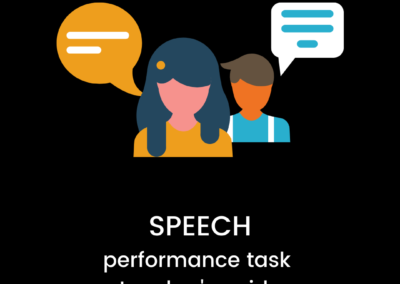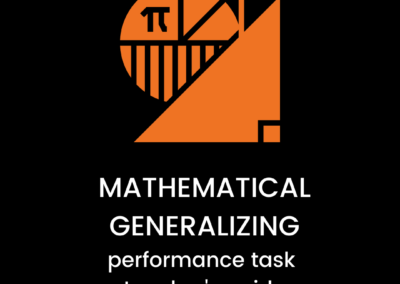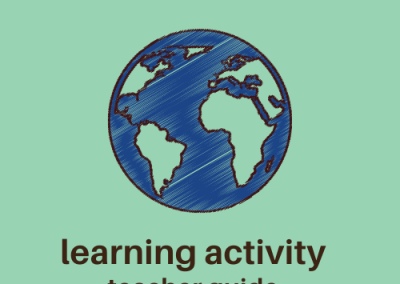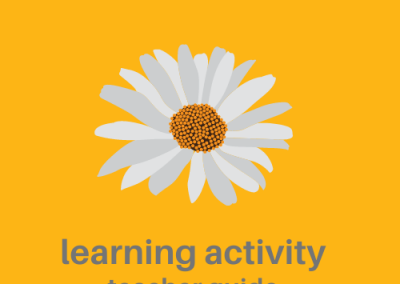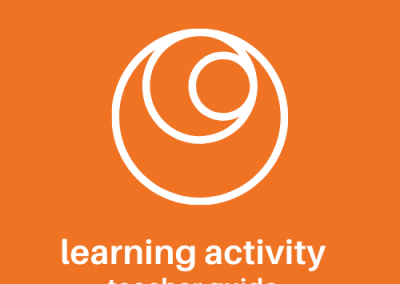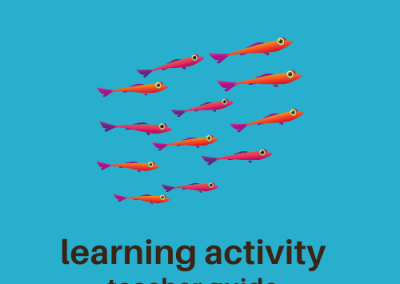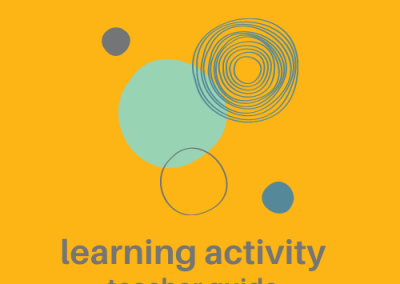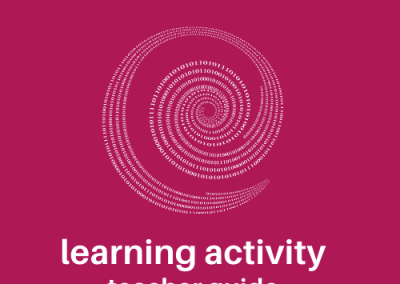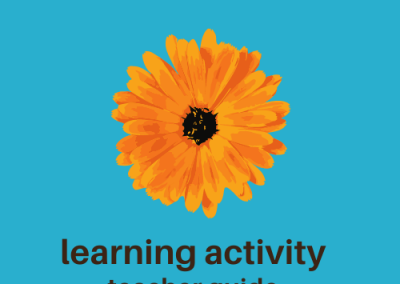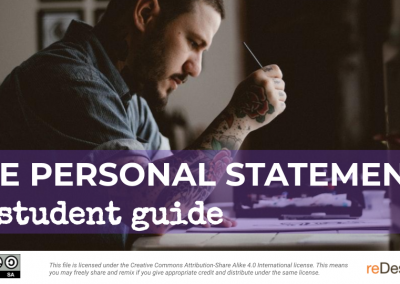Jigsaw
Preparation
Plan each group’s focus related to the topic or theme. The key is for each group to be doing something different, yet something that relates to the other groups. When using text this activity works best if each group examines a separate text rather than taking one text and breaking it into sections. A text broken down into pieces can be hard to understand particularly if there is sequential information. This could lead to student confusion. Make grouping assignments for the first and second rounds of groups . Have explicit written instructions for each group. Create a graphic organizer students can use to organize information when they are being taught in the second group.
Activity Steps
1
Introduce Jigsaw.
Explain to students the purpose of the Jigsaw and the mechanics of how they will move between groups.
2
Model Jigsaw activities.
Explain to students the purpose of the Jigsaw and the mechanics of how they will move between groups.
3
Break students into groups.
The teacher can pre-arrange the grouping assignments. If making on-the-spot grouping, colored index cards with letters or numbers written them are useful. Students could also count off. For example, the 1’s can group together for the first group, and then numbers 1-5 can group together for the second group.
4
Conduct first round of grouping.
Each group will be working on a different activity. In a science unit about mammals one group might be reading about squirrels while another group is reading about elephants. In math, each group could have a different word problem to solve.
5
Conduct second round of grouping.
After the first grouping has completed its work, students will move to their second group. Students will rotate teaching their new group members what they learned in their first group.
6
Reflect on content.
Reflection can be independent or as a group. It is an opportunity for students to think about what they learned from each other. In ELA this might be identifying common themes across the texts. In math, it could be what they learned about solving word problems.
Adaptation for Math Classroom
A Jig Saw can be used to support the mastery of a sequence of math steps that need to fit together to solve a larger problem. For instance, there are a number of steps involved in writing an equation of a line through a point perpendicular to another line, and small groups could become experts in the individual skills and then determine how to solve the larger question by fitting those skills together. Similarly, a set of application problems that have slightly different approaches – like using trigonometric ratios for missing parts of a right triangle – could be collectively discussed as small groups master one particular type of problem and then bring that expertise to their mixed group.

